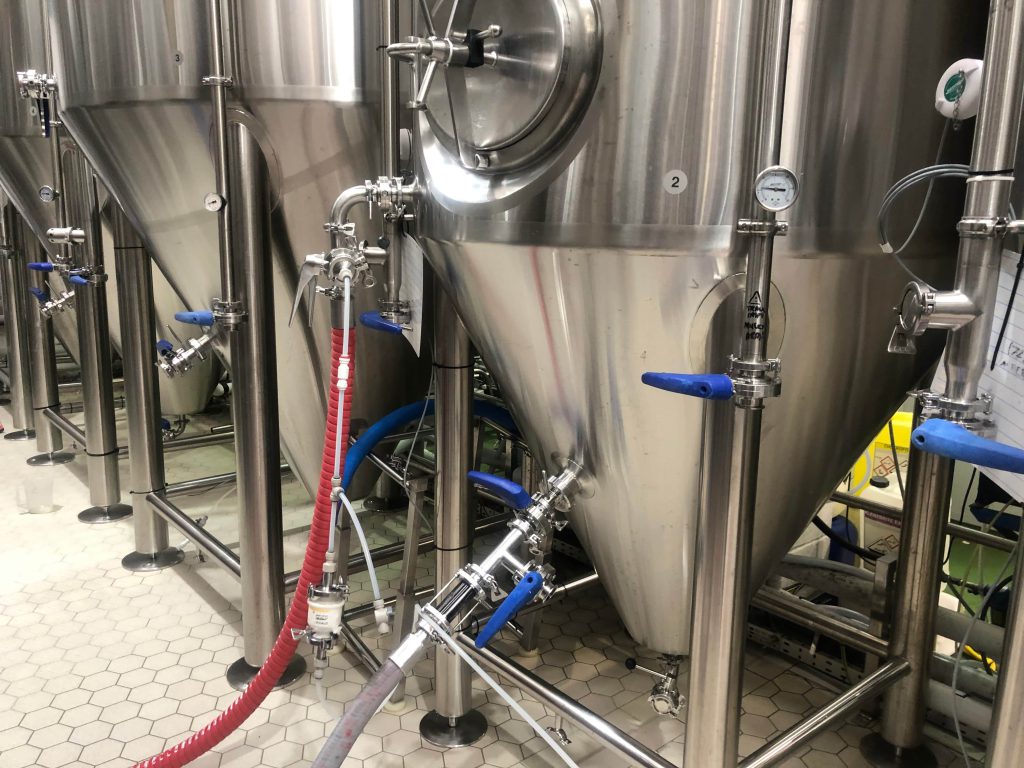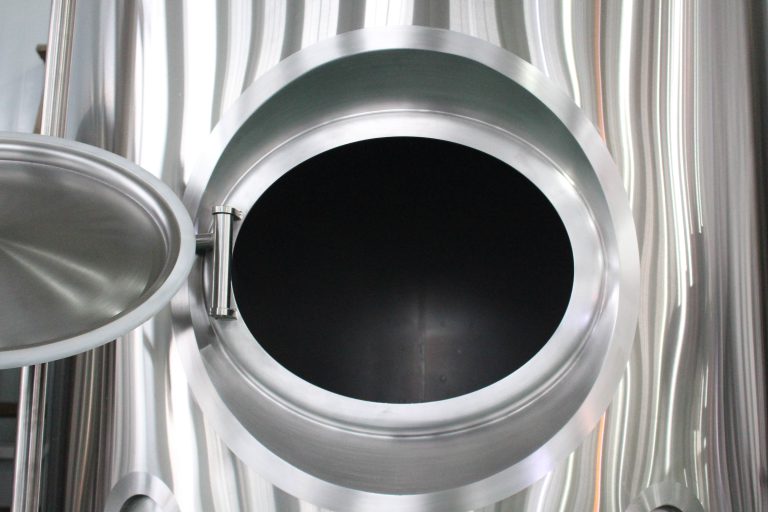Introduction

In the world of brewing, the choice of equipment can significantly affect the quality of the final product. Among the various options available, the stainless steel brewing tank has emerged as a preferred choice for both homebrewers and commercial breweries alike. This article will explore the numerous benefits of using a stainless steel brewing tank, highlighting its durability, sanitation, and efficiency, while providing insights into its role in the brewing process.
Durability and Longevity
One of the most compelling reasons to choose a stainless steel brewing tank is its durability. Unlike other materials, stainless steel is resistant to corrosion and wear, ensuring that your equipment can withstand the rigors of brewing over the long term.
Key Features of Durability
- Corrosion Resistance: Stainless steel does not rust, which is crucial in maintaining the integrity of your brewing process.
- Impact Resistance: It can withstand bumps and knocks without denting or breaking.
- Temperature Tolerance: Stainless steel can handle both high temperatures and cold conditions, making it versatile for different brewing styles.
Durability Comparison of Brewing Materials
| Material | Corrosion Resistance | Impact Resistance | Temperature Tolerance |
|---|---|---|---|
| Stainless Steel | Excellent | Excellent | High and Low |
| Glass | Poor | Poor | Limited |
| Plastic | Moderate | Moderate | Limited |
| Aluminum | Moderate | Good | Moderate |
Sanitation and Cleanliness
Sanitation is paramount in brewing, as any contamination can ruin a batch. A stainless steel brewing tank is easy to clean and sanitize, reducing the risk of unwanted bacteria or wild yeast.
Advantages of Stainless Steel Sanitation
- Smooth Surface: The smooth finish of stainless steel prevents residues from adhering, making cleaning easier.
- Non-porous: Unlike other materials, stainless steel does not have pores that can harbor bacteria.
- Compatible with Cleaning Agents: Stainless steel can withstand various cleaning chemicals without degrading.
Temperature Control and Insulation
Another benefit of using a stainless steel brewing tank is its excellent temperature control capabilities. Many stainless steel tanks are designed with insulation to maintain optimal temperatures during fermentation.
Benefits of Temperature Control
- Consistent Fermentation: Stable temperatures lead to predictable fermentation outcomes, essential for quality control.
- Energy Efficiency: Insulated tanks reduce the energy needed to maintain temperatures, lowering operational costs.
Temperature Control Features
| Feature | Description |
|---|---|
| Insulation Layer | Helps maintain temperature stability |
| Thermocouple Integration | Allows for precise temperature monitoring |
| Adjustable Heating Elements | Provides custom temperature settings |
Cost-Effectiveness
While the initial investment in a stainless steel brewing tank may be higher than other materials, the long-term savings often justify the cost.
Reasons for Cost-Effectiveness
- Longevity: The durability of stainless steel means fewer replacements over time.
- Maintenance: Lower maintenance costs due to its resistance to wear and corrosion.
- Efficiency: Improved brewing efficiency translates to better yields and reduced wastage.
Aesthetic Appeal
Beyond functionality, a stainless steel brewing tank offers an aesthetic appeal that can enhance the visual aspect of a brewery or homebrew setup. The sleek, modern look of stainless steel can be a statement piece in any brewing environment.
Aesthetic Benefits
- Modern Appearance: Stainless steel has a contemporary look that fits well in various settings.
- Custom Finishes: Available in various finishes to match your brewing space.
Versatility in Brewing

The versatility of stainless steel brewing tanks allows them to be used for various types of brewing processes, including fermentation, conditioning, and serving.
Brewing Processes That Benefit
- Fermentation: Ideal for primary and secondary fermentation.
- Conditioning: Perfect for aging and flavor development.
- Serving: Many tanks come equipped for direct serving, streamlining the process.
Versatility in Brewing Applications
| Application | Description |
|---|---|
| Fermentation | Primary and secondary fermentation |
| Conditioning | Aging and flavor enhancement |
| Serving | Direct dispensing to customers |
Conclusion
Investing in a stainless steel brewing tank is a decision that can greatly enhance your brewing experience, offering benefits in durability, sanitation, temperature control, cost-effectiveness, aesthetic appeal, and versatility. Whether you are a homebrewer or running a commercial brewery, the advantages of using stainless steel cannot be overstated. By understanding these benefits, you can make informed choices that will contribute to the quality of your brew and the efficiency of your operation.
FAQ
What is a stainless steel brewing tank?
A stainless steel brewing tank is a specialized container used for brewing beer, designed to provide durability, sanitation, and efficient temperature control.
How do I clean my stainless steel brewing tank?
Cleaning typically involves rinsing with hot water, using non-abrasive cleaners, and sanitizing with approved chemicals.
Are stainless steel brewing tanks expensive?
While they may have a higher upfront cost, the long-term savings from durability and maintenance make them cost-effective in the long run.
Can I use a stainless steel brewing tank for other beverages?
Yes, stainless steel brewing tanks are versatile and can be used for fermenting other beverages like cider, mead, or kombucha.
How do I maintain my stainless steel brewing tank?
Regular cleaning and inspections for any signs of wear or corrosion will help maintain your tank’s condition and longevity.
